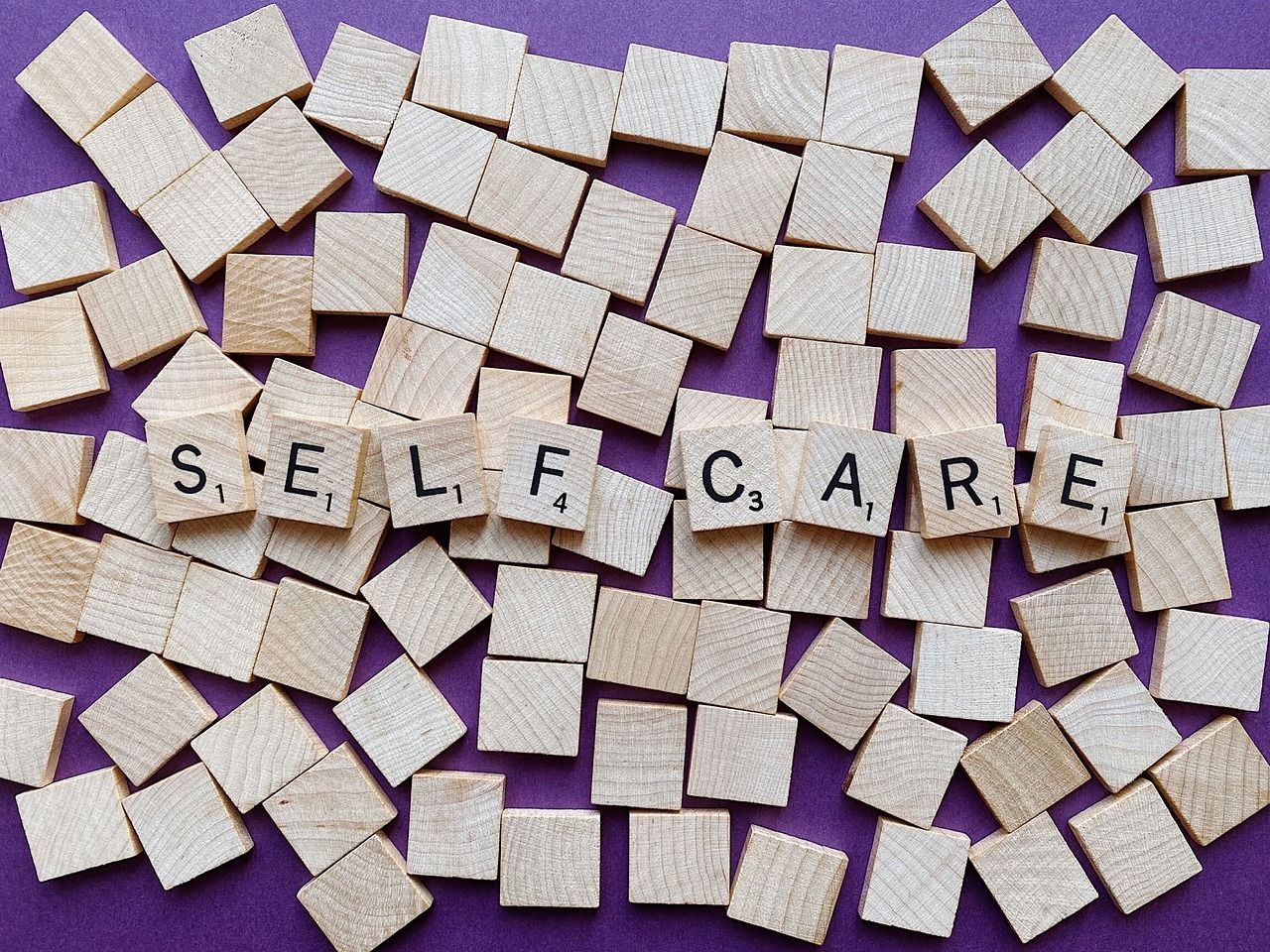Coping with Trauma: How Teens and Young Adults Can Heal from Difficult Experiences
Coping With Trauma: Healing Strategies for Teens and Young Adults
Do you feel overwhelmed by the effects of trauma? This blog post offers healing strategies that help teens and young adults manage trauma symptoms and work toward restored mental health. The article covers effective healing methods and discusses the role of professional help in trauma recovery. It provides clear guidance to ease anxiety and promote well-being. Readers will gain practical tips and valuable resources tailored to their specific challenges.
Key Takeaways
- trauma disrupts safety and leaves long-lasting mental health effects
- therapists use practical techniques to address behavioral and emotional signs
- creative arts and mindfulness provide structured ways to process stress
- support networks offer consistent guidance and practical strategies for recovery
- mental health professionals recommend timely evaluation to manage trauma symptoms
Understanding Trauma and Its Impact on Teens and Young Adults
This section defines trauma and its forms, highlighting how a therapist can identify signs of stress, insomnia, and injury. It outlines ways to recognize trauma in adolescents and young adults while detailing its emotional and psychological effects. The discussion also notes when blue cross blue or other care may be necessary for prompt action.
Defining Trauma and Its Forms
Trauma is defined as the response to an event or series of events that disrupt a person's sense of safety, often leaving a lasting impact on mental health. A mental health expert explains that forms of trauma can vary, from physical incidents to emotional distress, and individuals may seek relaxation techniques and creative outlets like painting to process their experience and obtain useful feedback.
This condition involves reactions that affect behavior, moods, and thoughts, and these responses can differ based on each individual's experience. Mental health experts monitor signs of stress and suggest practical approaches, including relaxation and artistic expression, to aid recovery and provide the necessary feedback for healing.
Recognizing the Signs of Trauma in Adolescents
Adolescents experiencing trauma may exhibit changes in behavior, sleep patterns, and concentration, which a mental health expert can identify by using insights from neurology and other relevant disciplines.
Observations of increased irritability, withdrawal from community activities, or reliance on substances such as alcohol provide actionable cues; practitioners may also incorporate art therapy, practical coding tools like PHP in digital self-help programs, and personal testimonies to support healing:
- Behavioral changes and sleep disruptions
- Withdrawal from community interactions
- Increased use of alcohol as a coping mechanism
- Engagement in art therapy sessions
- Incorporation of digital tools for self-guided healing
The Emotional and Psychological Effects of Trauma
The impact of trauma on the mind and body can be significant, affecting emotion regulation and the nervous system, which many centers and school counselors observe in their work. Observations include changes in emotion and behavioral responses, stress that disrupts daily routines, and the potential for relapse when support is absent:
- Heightened sensitivity in emotion regulation
- Increased activation of the nervous system
- Need for a supportive center and school counselor resources
The mental health experiences of teens and young adults demonstrate that trauma often results in long-lasting challenges, including mood shifts and anxiety that may contribute to a relapse in unhealthy patterns. Practical strategies provided by school counselors and centers help individuals gain control and stability while addressing the complex interplay of emotional and physiological effects.
Identifying When Trauma Requires Immediate Attention
Timely expert evaluation is recommended when trauma signs intensify, as persistent distress may hinder happiness and overall mental well-being. Mental health specialists note that rapid changes, such as frequent text messaging for reassurance, should prompt immediate review to prevent further complications.
Immediate intervention is crucial in cases where adolescents face recurrent crises and assign undeserved blame for their experiences. Institutions like Idaho State University and professionals in social work emphasize that swift action and coordinated support can help stabilize emotional states and promote recovery.
Effective Healing Strategies for Teens and Young Adults
Therapy and counseling, creative arts like music, mindfulness practices, and nurturing supportive networks provide practical healing tools. Engaging with a nurse practitioner offers insight into one's medical history to address dissociation and disease, while creative arts serve as an accessible healing tool. Detailed sections highlight therapy techniques, art forms, mindfulness, and family support.
Engaging in Therapy and Counseling
Therapy and counseling offer a structured approach for teens and young adults to manage stress, including challenges stemming from an accident and recurring hypervigilance. Professionals provide actionable insights and techniques, such as music therapy, to help rebuild confidence and reshape stressful thought patterns.
Experts note that engaging in therapy sessions helps individuals address the lingering effects of trauma and regain control over their emotions. Targeted counseling sessions, supported by practical methods including music therapy, guide participants to process their reactions and rebuild confidence while managing the impact of hypervigilance on their daily thought processes.
Utilizing Creative Arts as a Healing Tool
The creative arts offer a practical approach for teens and young adults to process trauma. A teacher with deep expertise guides sessions that empower participants to express their emotions with compassion, helping shift challenging behavior in a supportive setting.
University programs and community workshops demonstrate how creative arts serve as an accessible healing tool. Mental health experts employ artistic activities to relieve stress and promote recovery, using their expertise to address trauma in a structured and engaging way.
Practicing Mindfulness and Meditation Techniques
Mindfulness practices help teens and young adults develop effective problem solving skills and manage feelings such as anger and depression. Professionals observe that by integrating mindfulness into daily routines, individuals can gain control over negative responses stemming from experiences like sexual abuse or gender-related stress.
Meditation techniques offer structured ways to process strong emotions and support healing by promoting clarity and calm. Experts note that regular meditation sessions strengthen problem solving abilities and reduce the impact of depression, anger, and other emotional responses from challenging situations.
Building a Support Network of Friends and Family
The mental health specialist stresses that building a support network of friends and family can help anyone recover from issues such as childhood trauma, verbal abuse, or even concerns like sleep disruptions and panic attacks. Establishing open lines of communication with loved ones creates a safe space for discussions that may mitigate stress and ward off the early signs of dementia
Experts note that a strong network can provide daily emotional backup and practical guidance for managing symptoms linked with past trauma, ensuring improved sleep patterns and reduced panic incidents. The coordinated support from close friends and family can offer both immediate comfort and long-term stability, which is crucial for maintaining overall mental health.
The Role of Professional Help in Trauma Recovery
Finding an Adolescent Psychiatrist in Idaho Falls is an initial step in effective management. Mental health professionals provide diverse therapies, proper antidepressant management, and ensure accessibility to support systems. Collaborations with school counselors guide caregivers towards structured recovery, refining the taste for dependable care and holistic healing for teens and young adults.
Finding an Adolescent Psychiatrist in Idaho Falls
Adolescent psychiatrists in Idaho Falls specialize in assessments that address flashback episodes, aggression issues, and reactions to violence while offering practical advice to both teens and parents. Professionals use clear strategies to identify triggers such as unexpected flashbacks or sensitive skin responses, guiding adolescents toward recovery and improved well-being:
- Managing flashback episodes
- Addressing aggression in social settings
- Developing response plans for violence exposure
- Providing guidance for concerned parents
- Monitoring skin reactions as physical signals
Specialists deliver personalized care plans that help teenagers learn to manage symptoms effectively, reducing both physical and emotional discomfort. They offer actionable insights that empower parents to support their teens, ensuring the safe monitoring of signs like flashback, aggression, and changes in skin reaction following traumatic incidents.
Types of Therapies Offered by Mental Health Professionals
Therapies provided by mental health professionals include cognitive behavioral therapy, dialectical behavioral therapy, and supportive counseling, all designed to address acute distress and manage trauma responses effectively. These approaches use verified data and structured strategies that offer a tip for maintaining calm during a crisis text line moment or managing distress in daily life.
Specialized treatments also focus on suicide prevention techniques and adaptive coping mechanisms to guide teens and young adults through critical moments. Professionals break down the process into clear steps to assist in managing symptoms, as illustrated below:
- Regular monitoring of data trends
- Utilizing crisis text line support
- Implementing suicide prevention measures
- Managing distress through practical tips
Importance of Medication Management When Necessary
Medication management plays a crucial role in trauma recovery when other methods do not fully address deep pain or overwhelming stress, often observed in cases involving divorce, addiction, or persistent mental anguish. Mental health professionals emphasize that careful monitoring of prescribed medications supports overall stress management and offers stability that enhances friendship and supportive networks.
Effective medication oversight can prevent complications and ease emotional strain, especially during periods when personal relationships or stressful life events worsen mental health challenges. With controlled medication usage, teens and young adults gain actionable support that complements therapy, leading to improved mental well-being and a better foundation for building lasting friendship.
Collaborating With School Counselors for Support
School counselors in Idaho work closely with mental health professionals to create pathways for healing when traumatic events feel like a disaster. Their coordinated methods help teens and young adults recognize triggering moments and adjust their mindset, providing a clear link between academic settings and mental health support.
Professionals and counselors collaborate to offer immediate, effective responses during triggering situations that may fuel disaster-like stress. This partnership ensures that individuals build a resilient mindset while drawing on established support systems in Idaho, paving the way for steady progress toward recovery.
Coping Mechanisms to Manage Trauma Symptoms
Developing healthy coping strategies is vital for trauma recovery. Journaling, exercise, and creating a supportive home environment can help mitigate stress from bullying and abuse. Guidance from a physician assistant and insights from Des Moines University empower teens and young adults to address trauma effectively and build resilience.
Developing Healthy Coping Strategies
Experts advise that healthy coping strategies can be developed by addressing grief and pressure head-on. In therapy sessions, individuals learn to manage fear through adventure therapy and reflective practices, helping them transform troubling memory into a source of strength.
Specialists recommend simple, practical actions that assist teens and young adults in overcoming stress by frequently revisiting pleasant memories and engaging in activities that break the cycle of negative thoughts. This approach integrates structured adventure therapy with daily routines, guiding individuals to face grief and fear while relieving the weight of ongoing pressure.
Journaling as a Means of Expression
Journaling serves as a practical tool in processing difficult feelings, such as those following a breakup, by allowing teens and young adults to articulate their thoughts in clear language. This method also offers a safe space for those who may have experienced challenges like conduct disorder or issues related to academic and nursing pressures, providing a structured outlet for complex emotions:
- Recording personal reflections
- Monitoring behavioral changes
- Building resilience during tough times
Experts note that journaling benefits both immediate and long-term healing by helping individuals establish control over their emotional reactions and thought patterns. It encourages disciplined reflection similar to strategies used by an adult managing stress, reinforcing self-awareness and proactive mental health care.
The Benefits of Physical Activity and Exercise
Regular physical activity serves as an effective medicine for managing trauma symptoms among teens and young adults. Experts note that incorporating exercise into daily routines can boost overall well-being, improve sleep, and provide a structured way to cope with stress, much like taking scheduled meals helps maintain energy throughout the day.
Engaging in sports or simple physical workouts enables individuals to gain control over their bodies and restore inner balance. Professionals advise that a well-rounded exercise plan, balanced with proper nutrition and routine check-ups such as monitoring weight falls, supports both mental and physical resilience, similar to earning a degree in self-care and wellness.
Creating a Safe and Supportive Home Environment
Creating a safe and supportive home environment begins with setting organized daily routines that help teens and young adults manage stress while considering the importance of medication adherence; clinical research supports the benefits of structured settings for improving attention and reducing the impact of conditions like schizophrenia. This approach encourages family members to share their knowledge and offer practical support to assist in calming the immediate surroundings.
Home settings that focus on open communication and consistency allow individuals to feel secure and understood, which helps manage trauma symptoms and promote healthy emotional responses. Mental health professionals emphasize that providing a balanced atmosphere where medication routines and informed strategies integrate with everyday practices can substantially improve outcomes, as evidenced by ongoing clinical research and verified expert knowledge.
Resources for Continued Support and Healing
This section outlines hotlines and crisis resources for teens, recommended books and websites for trauma recovery, support groups and community resources, and online courses designed for healing. It offers practical insights into managing psychological pain and minimizing risk, including substance abuse education, while addressing trauma recovery with clear, actionable guidance.
Hotlines and Crisis Resources for Teens
The program emphasizes the importance of immediate access to support, ensuring teens have a designated space to share their feelings and concerns. Practical insights and actionable steps, based on professional health care practices and desensitization techniques, empower teens to overcome feelings of shame and encourage continuous learning about their emotions:
- Direct hotline support for crisis situations
- Immediate assistance from trained professionals
- Structured communication to help ease desensitization
Guided by professional expertise, the initiative promotes straightforward strategies that assist teens in managing their stress and understanding healthy coping mechanisms through consistent health care practices and ongoing learning sessions. The approach minimizes the stigma associated with mental health challenges while providing a safe space for candid discussions and effective problem solving.
Recommended Books and Websites for Trauma Recovery
Recommended books and valuable websites provide teens with practical guidance toward patient recovery by offering research-backed insights into trauma therapy techniques and stimulant-free approaches. These resources present actionable advice from trusted experts and conclude with a curated list of useful tools:
- Books on evidence-based therapy techniques
- Websites featuring patient success stories
- Research summaries on trauma recovery
Esteemed sources empower teens to integrate therapeutic strategies into their daily lives and support recovery by sharing firsthand expertise and clear examples. The recommended materials enable patients to access stimulant-free solutions, ensuring they have reliable insights that help manage trauma effectively.
Support Groups and Community Resources
The local support groups offer young individuals a space to address the lasting effects of experienced trauma and sadness while providing practical advice through trusted platforms like Healthgrades and a patient portal. These sessions help boost endorphins and facilitate meaningful discussions among participants who share similar challenges:
- Peer-led meetings
- Community counseling sessions
- Interactive resource sharing
Community resources complement group meetings by offering educational workshops and interactive programs that focus on increasing endorphins to reduce sadness. These initiatives provide actionable insights from seasoned professionals and encourage the use of patient portals for accessing detailed recovery plans.
Online Courses and Programs Focused on Healing
Online courses offer patients structured programs that help balance the brain's response and improve mood by teaching practical strategies for recovery. These programs provide participants with clear, actionable steps and expert insights that build a strong mental health profile over time.
Tailored online modules work to address individual challenges, allowing patients to monitor their progress as they work toward recovery. With skilled instructors guiding each session, these courses foster improved brain function and a stable mood, supporting the overall well-being of participants.
Success Stories and Testimonials From Young Adults
Young adults share personal journeys of recovery, highlighting impactful quotes, the support of peers, and celebrating small victories on the road to healing. Health professionals and physicians from Nevada offer insights, including details such as an email address to foster connection and strengthen each skill learned in overcoming trauma.
Personal Journeys of Recovery
Many young adults share their personal journeys of recovery, highlighting experiences that include attending dance classes as a form of self-expression and healing. Their success stories often mention guidance from professionals with board certification, and support through primary care contacts, which has been connected with improved mental health outcomes.
A growing number of individuals credit reliable health insurance and established contacts within their support networks for facilitating access to needed care. One clear example involves a teen who turned to a structured recovery plan, combining creative movement classes and regular primary care consultations to build resilience and manage trauma effectively.
Inspirational Quotes and Messages
Young adults share impactful inspirational quotes that reflect their belief in overcoming challenges like a natural disaster, using exercise and controlled breathing to maintain balance. These motivational messages guide teens to embrace hope and find practical tools during turbulent times.
How Peer Support Has Made a Difference
Peer support offers a safe space for young adults coping with trauma, including those affected by bipolar disorder or domestic violence, as shared testimonials underscore the strength derived from understanding and mutual aid. Experienced professionals who are accepting new patients note that these support networks empower individuals with actionable tools for recovery and stability.
Consistent engagement in structured peer support groups reinforces proven recovery strategies, allowing participants, including survivors of domestic violence, to share experiences and guidance. Clinicians emphasize that the benefits of maintaining a safe space extend to young adults with bipolar disorder and other challenges, providing the personal encouragement needed for continual progress.
Celebrating Small Victories on the Road to Healing
Young adults recognize that each small win contributes to steady progress in their recovery, helping them build the energy required to manage daily stress. They often find comfort in having a pet, which provides a practical approach to emotional regulation and reinforces the value of ordinary success on their road to healing.
Experts emphasize that celebrating minor achievements can set a realistic goal for further recovery and serve as a supportive reminder of progress. Medical professionals note that acknowledging these everyday victories, from improved sleep patterns to better emotion regulation, motivates individuals to continue making positive strides in their mental health journey.
Conclusion
Coping with trauma equips teens and young adults with practical tools to manage stress and rebuild emotional stability. Professional therapists, creative arts, and mindfulness practices empower individuals to recognize and address trauma's impact on behavior and emotions. Support networks, school counselors, and structured recovery plans play a vital role in guiding patients through challenging experiences. These strategies offer clear, actionable insights that promote lasting mental well-being and foster resilience.











